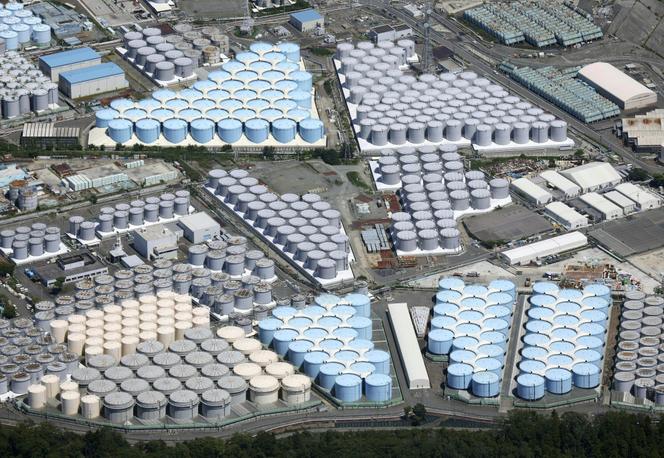


The controversial management of contaminated water from the Fukushima nuclear power plant is just one of the many problems associated with dismantling the site ravaged by the March 2011 earthquake and tsunami. The release of this water into the ocean, which began on Thursday, August 24, is forcing us to think about the fate of the more than 1,000 tanks in which it is stored. The Tokyo Electric Power Company (Tepco, the site operator) must also manage the nuclide-laden sludge generated by the treatment of this water prior to its release, using the so-called ALPS process (an acronym for advanced liquid processing system).
But the main issue at the site remains that of extracting the nearly 880 tonnes of fuel that have melted in three of the plant's six reactors. Yet the precise state of this fuel remains poorly understood. According to the International Institute for Nuclear Decommissioning Research, reactor number 1, the worst hit, has accumulated 279 tonnes of molten fuel debris. In March, a robot confirmed that this fuel had penetrated the vessel and damaged the concrete base beneath.
In all three reactors, stated Hideyuki Ban of the Citizen's Nuclear Information Center (CNIC, an independent organization), "corium has formed. It can be as hard as rock." Corium is a mixture created at nearly 3,000 °C. It is extremely radioactive and made up of molten uranium dioxide from the nuclear fuel, i.e. an oxidized zirconium alloy from the fuel cladding and molten steel from the reactor core structure.
Discussions are continuing on how to extract it, involving nuclear players from all over the world. Naoyuki Takaki, a professor of nuclear safety engineering at the University of Tokyo, believes that the corium "can only be removed if it is reduced to small pieces."
Tepco plans to use a British-designed robotic arm to remove a few grams from reactor number 2, before placing them in a vacuum container for further research. The company plans to conduct this operation before the end of the current fiscal year, in March 2024. No timetable has been set for reactors 1 and 3.
A French consortium comprising the Institute for Radiation Protection and Nuclear Safety, the Center for Atomic Energy and Onet Technologies has also been selected by the Japanese Ministry of Industry to conduct research into laser cutting of corium and collection of the aerosols generated.
In addition to these difficulties, the work continues against a backdrop of seismic risk. "The base of reactor number 1 could collapse and the reactor vessel fall," said CNIC's Chihiro Kamisawa. On the other hand, Tepco deems the foundation to be sufficiently resistant to earthquakes, preventing corium from entering the soil beneath the plant.
You have 34.05% of this article left to read. The rest is for subscribers only.
